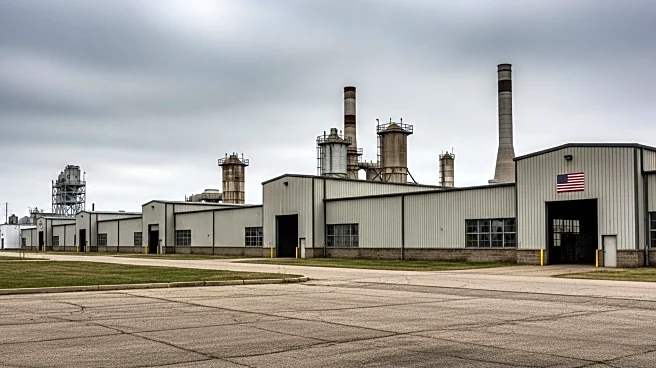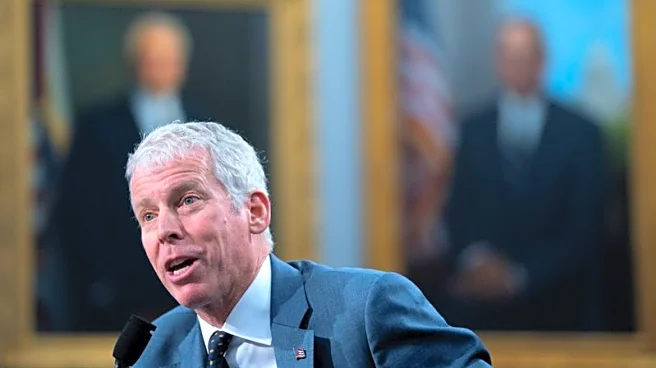What's Happening?
Recent discussions in workforce planning have highlighted a shift in retirement trends among state and local government employees. Contrary to previous expectations of a mass exodus of baby boomers from government roles, the anticipated wave of retirements may not be as severe. This development suggests a need for governments to reconsider their workforce strategies. The trend of 'unretirement' is gaining traction, with many baby boomers opting to return to work or delay retirement. Economic pressures and a desire for continued purpose are driving these decisions. Reports indicate that a significant number of retirees have re-entered the workforce, and many plan to work part-time during retirement. This shift is prompting governments to explore flexible work arrangements, allowing retired or near-retirement employees to fill part-time or seasonal roles.
Why It's Important?
The changing retirement landscape has significant implications for U.S. public policy and workforce management. As the expected retirement wave among baby boomers appears less imminent, state and local governments have an opportunity to retain experienced talent and mitigate potential knowledge gaps. This shift could help address staffing challenges in critical areas such as cybersecurity and technology roles. Additionally, the trend of 'unretirement' reflects broader economic and societal shifts, where financial necessity and personal fulfillment drive older workers to remain active in the workforce. This could lead to more diverse and experienced teams, enhancing service delivery and innovation in government operations.
What's Next?
Governments are likely to continue exploring flexible work arrangements to accommodate the evolving needs of their workforce. This may include offering part-time positions, remote work options, and seasonal roles to attract and retain talent. As more baby boomers choose to 'unretire,' governments may also need to adjust their recruitment and retention strategies to leverage the skills and experience of older workers. Additionally, ongoing monitoring of retirement trends and workforce needs will be crucial to ensure effective service delivery and address potential staffing shortages.
Beyond the Headlines
The trend of 'unretirement' raises important questions about the future of work and retirement in the U.S. As more individuals choose to work beyond traditional retirement age, there may be implications for retirement planning, social security, and healthcare systems. This shift also highlights the need for policies that support flexible work arrangements and lifelong learning opportunities, enabling older workers to adapt to changing job markets and continue contributing to the economy.












